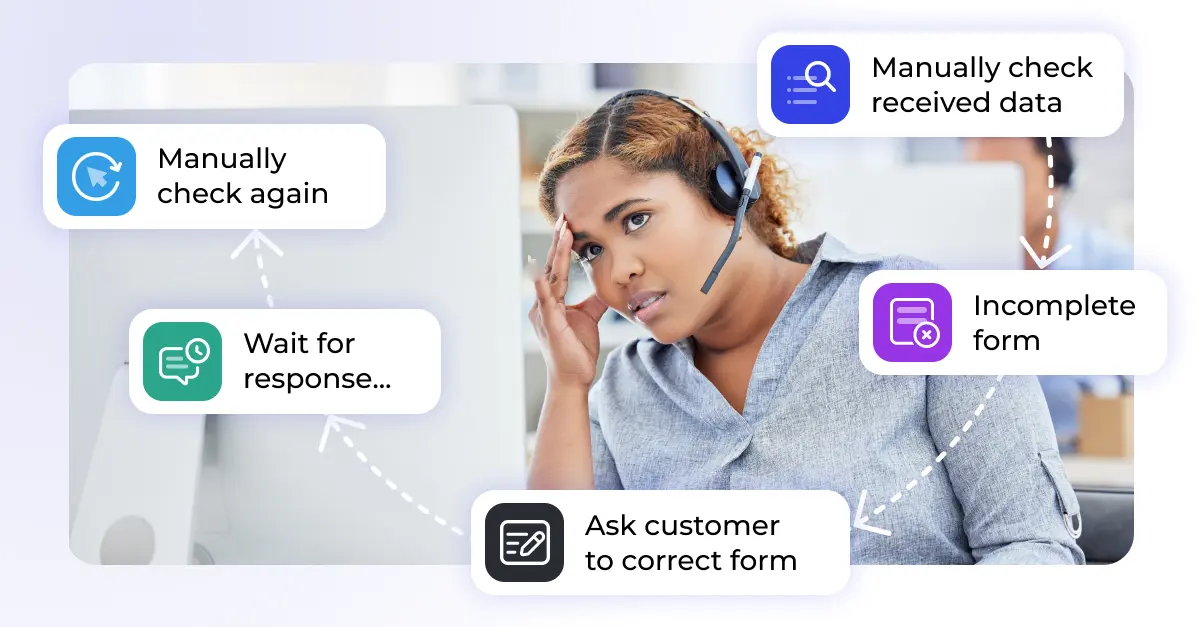Validating incoming information: why clean data makes or breaks your support
Every ticket, every form, every attachment depends on the quality of its data. When inputs are incomplete or inconsistent, teams lose time and customers lose patience. Validating incoming information ensures data is usable and reliable from the start.
Daily reality: when data goes wrong
- Return forms arrive without an order ID.
- Phone numbers lack a country code.
- Product spreadsheets miss mandatory attributes.
- Scanned invoices arrive incomplete and trigger an automatic follow-up request.
Each case adds work and slows responses. Across hundreds of tickets, the effect compounds.
Why data quality breaks down
Most incoming information isn’t automation-ready. It arrives as forms, emails, spreadsheets, PDFs, or photos of handwritten notes. Without checks, messy inputs flow into systems. When poor data enters, reports lose accuracy, automations fail, and trust erodes.
See Harvard Business Review and Gartner on the cost of bad data.
Preprocessing before validation
Preprocessing makes raw inputs usable: turn scans into text, extract values from Excel/CSV, and structure unformatted documents into clean fields.
What “validating incoming information” means
- Presence checks: a return form must include an order ID.
- Format checks: dates use
YYYY-MM-DD; phone numbers include a country code. - Range checks: discounts fall between 0–60%, not 600.
- Cross-field checks: an end date must be after the start date.
- Reference checks: product IDs exist in the catalog.
Manual vs. automated validation
Manual
- Open files, read line by line, send “please complete” emails.
- Slow and error-prone at scale.
Automated
- Detect the document type, extract fields, check rules instantly.
- Trigger smart requests when data is missing; resume automatically once corrected.
- See Knots case studies for results.
How to start validating data in your team
- List your most common data problems.
- Write each as a plain rule.
- Define what happens when a rule fails.
- Automate the biggest time-wasters first.
Putting it together
Preprocessing makes data usable. Validation makes data reliable. Together they form the foundation for automation that scales.







